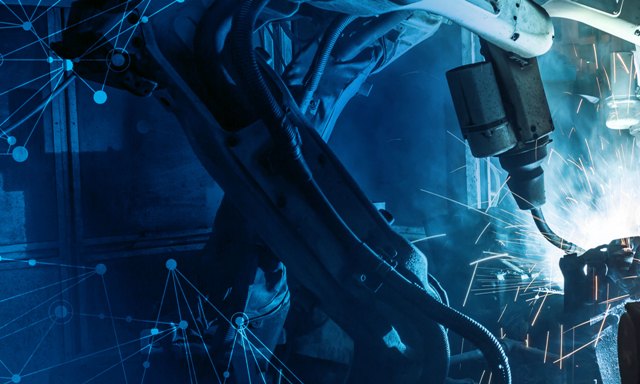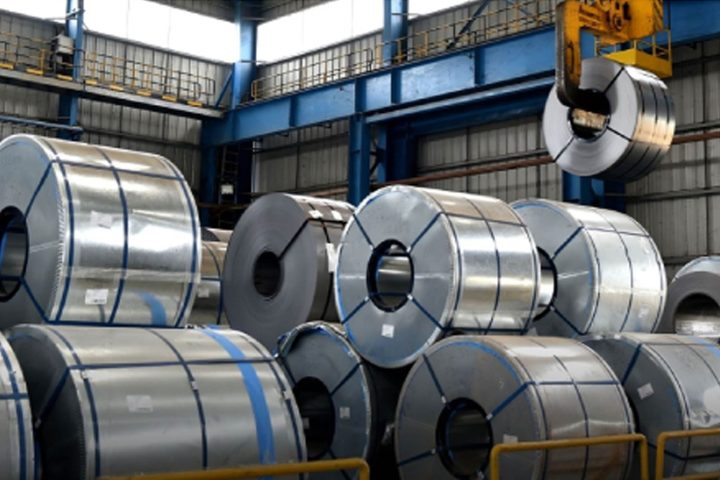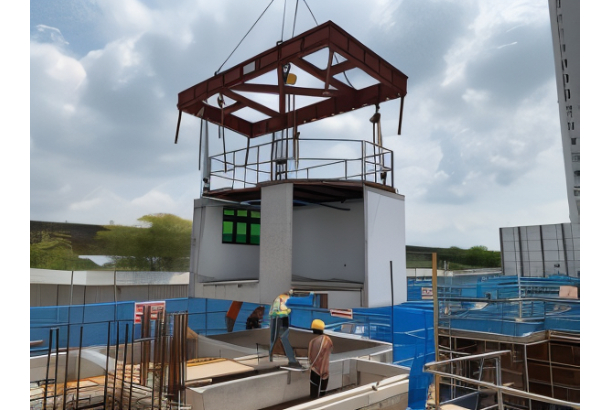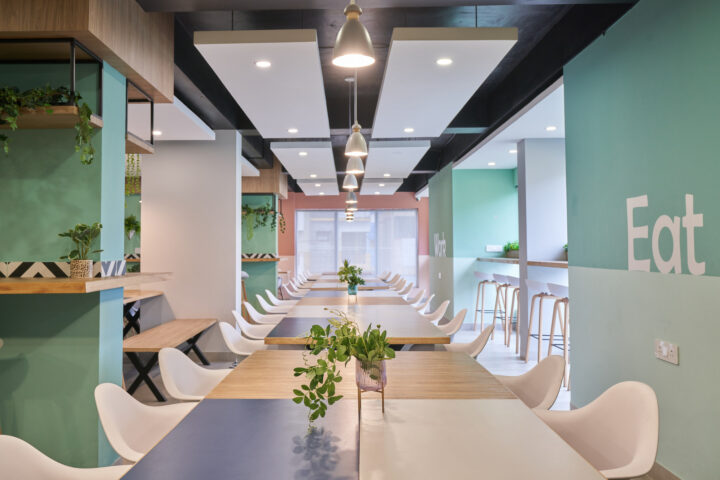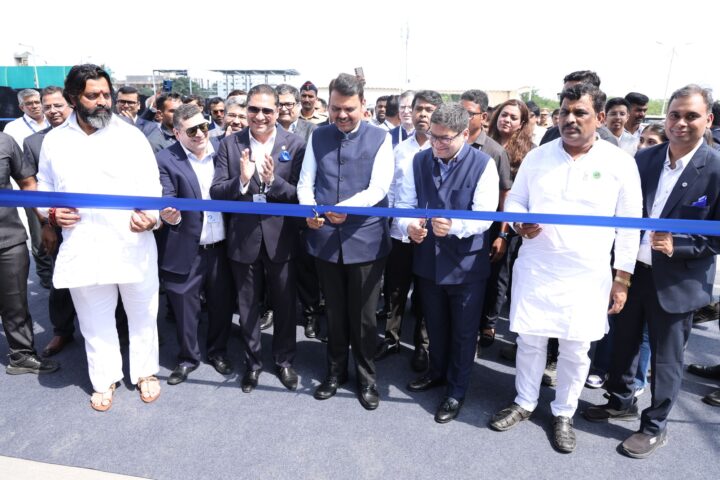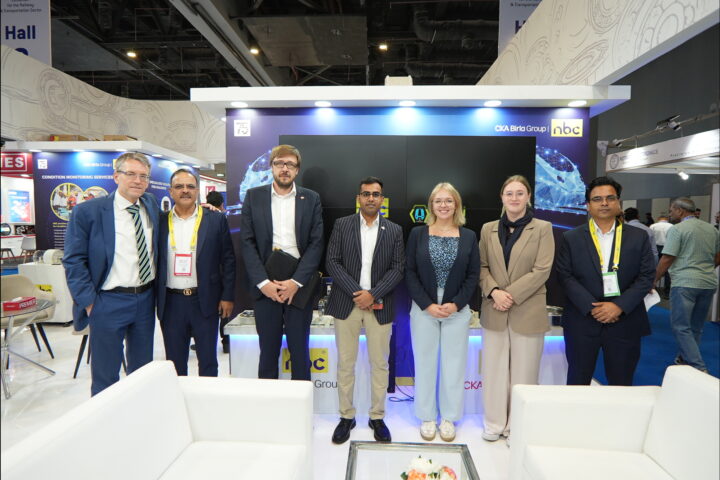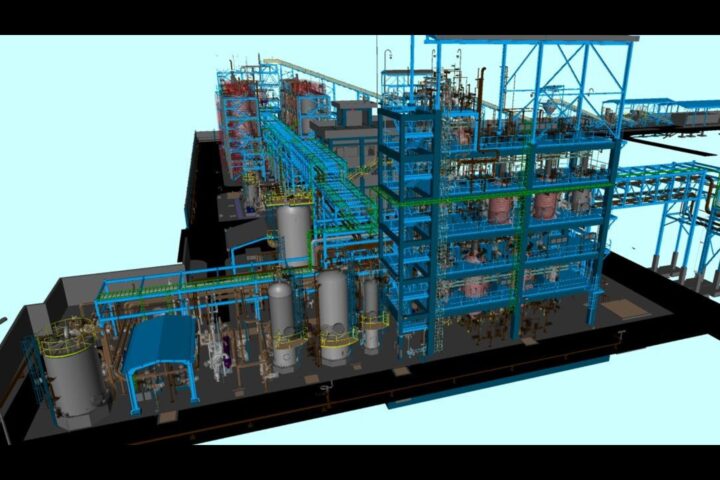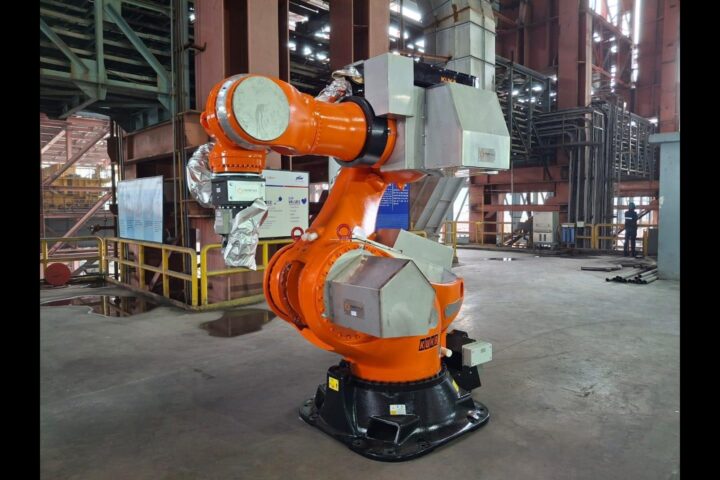By Zurvan H Marolia, Senior Vice President, Godrej & Boyce
Bill Gates, co-founder, Microsoft, once famously said that never before in history had innovation offered the promise of so much, to so many, in so short a time. Innovative technology has far-reaching implications on manufacturing. It has the potential to impact every aspect of the manufacturing process from design to research and development, production, supply chain and logistics, all the while creating highly intelligent, information-driven factories and distribution models.
New technologies offer manufacturers the opportunity to enhance their value proposition and unlock new opportunities. It also aids in productivity enhancement, pushing rapid and substantial transformation of business models and market structures.
The two trends, in my view, that are shaping the manufacturing sector are artificial intelligence and Internet of Things (IoT). Artificial intelligence is largely being used in machinery to control and self-regulate operating parameters. Machine manufacturers, too, are at an advanced stage of adding optimisation through self-correction of minor faults in the system to make machines think like a skilled operator. For example, correction of temperature or alignment or auto sharpening of tooling, which is all based on data, is captured through a battery of sensors that relays the information back to a controller. Artificial intelligence is also used to add a layer of predictability to the manufacturing process which can help in identifying possible quality failures. This is based on sensors, which can detect changes in noise, smell, temperature, current drawn or even vibrations, thus indicating potential quality deviations and the need for attention or self-regulation.
The Internet of Things (IoT) enables the network of machines that are embedded with sensors, software, and other technologies to connect with other devices and systems over the internet for exchange of data. IoT is being used extensively to eliminate human intervention in manufacturing – from sequencing of operations to despatch – the entire production cycle can be controlled by machines communicating with each other and passing on information needed to conduct the next set of operations in a predefined order. IoT is key to driving an organisation’s digital transformation and greatly helps in achieving operational efficiencies. The advances made in artificial intelligence, connectivity, and real-time communication aid in weeding out non-value-added activities and inefficiencies resulting in cost optimisation.
However, there is more that the manufacturing sector can do to stay at the cutting edge of technology. The increased penetration of affordable devices combined with cloud computing and data analytics have made it easier for the manufacturing industry to adopt digitisation and take steps towards smart manufacturing. This, in turn, allows for fatigue-free, 24×7 operations with a guarantee of consistency in productivity as well as quality assurance, as data gathered is used to compute and monitor indices of process stability and capability.
The use of augmented reality (AR) and virtual reality (VR) helps manufacturers test and optimise designs and machine settings, while also enabling remote collaboration and shopfloor employee training. Assistive robots work collaboratively with humans and each other improving sensing, awareness, and decision-making capabilities on the factory floor.
3D printing helps manufacturers develop new products, shortening time to market, reducing waste and lowering product cost. Sensors and data analytics have multiple applications for manufacturers including predictive maintenance, logistical tracking for operational efficiency, and quality control. Using advanced materials – new or modified, optimises the product design with superior performance including strength, weight, and formability.
While learning from the west, it is important to adapt technology to local conditions, at the same time keeping a firm eye on costs. Low-cost sensors and embedded technology, for instance, have made the journey exciting for Indian players.Though many large Indian players have moved quickly toward adopting new technology and indigenisation of the same to suit local conditions, the challenge lies for the small and medium enterprises (SMEs) who are the backbone of the manufacturing industry. These players need to be taken through the initial steps of digitisation which, in effect, become the building blocks for shifting the manufacturing industryto Industry 4.0. At Godrej & Boyce, our ‘Beyond Sourcing’ initiative is aimed at uplifting the SMEs and MSMEs we partner with to bring them up to industry standard by imparting training on management, processes and even green certifications.
Today’s consumer expects quick delivery of customised products at increasingly competitive prices. To satisfy all of this, players in the manufacturing industry will have to explore new and innovative technologies to stay competitive.
As a part of our expansion plans at Godrej& Boyce, for instance, we have had the opportunity to set up a couple of new manufacturing greenfield projects. This has allowed us to build smart manufacturing systems from the ground up. With each successive manufacturing facility built over the last 5 to 7 years, we have increased the “smartness quotient” which has culminated in setting up a Manufacturing Execution System (MES) to handle various daily tasks right from planning and scheduling of various machines and operations to taking real-time feedback from the devices to enabling quick action and controlling the information and material flow throughout the production process.
All shop-floor machines are connected to a central server from where they get relevant information which they can act upon and give feedback to the system. Other devices such as meters used to measure the utilities are also linked with the system to provide real-time data to generate alerts and alarms for any deviation. Quality Control equipment such as measuring devices are also connected to the server.
We are also introducing AR/VR technologies to enhance customer experience at our retail stores. This will enable the consumer to do a virtual walkthrough of the entire showroom and help us to showcase certain key aspects of our products. This technology is also being leveraged for training teams for various operations such as site installation work. During the Covid-19 pandemic, AR/VR emerged as a key replacement for physical training of user operators and maintenance personnel by machine manufacturers.
At Godrej Interio, we have also deployed robots to perform repetitive activities and high-precision tasks such as welding. We have developed our own automated guided vehicle (AGV) technology for material movement between machines. This is powered by IoT that enables communication between the machines and the AGVs. Using robotics, AGV and an automated storage and retrieval system (ASRS), we have been able to enhance productivity, while keeping the cost of production in check.
There are critical steps involved as well in the adoption of new and innovative technologies for manufacturing. A common error is the transition in half measure. Manufacturers must identify the right technology that is most suitable for the operations of the enterprise, though the implementation could be planned in phases. Implementation of these new technologies require a large investment upfront whereas the payback is dependent on various factors which could make or break an enterprise.
Adaptation and implementation of digital systems requires a complete revamp of existing business processes specially if the enterprise has not taken initial steps into digitisation. This requires a deeper understanding of the overall process for which internal resources must be adequately deployed and developed.
Further, having taken the decision to invest in new systems and technology, it is critical to create a critical mass of trained users who can extract the maximum from the system.
For any enterprise making this transition, it is critical to be fully committed from the top, ensuring thatall concerned are prepared for the long haul.


